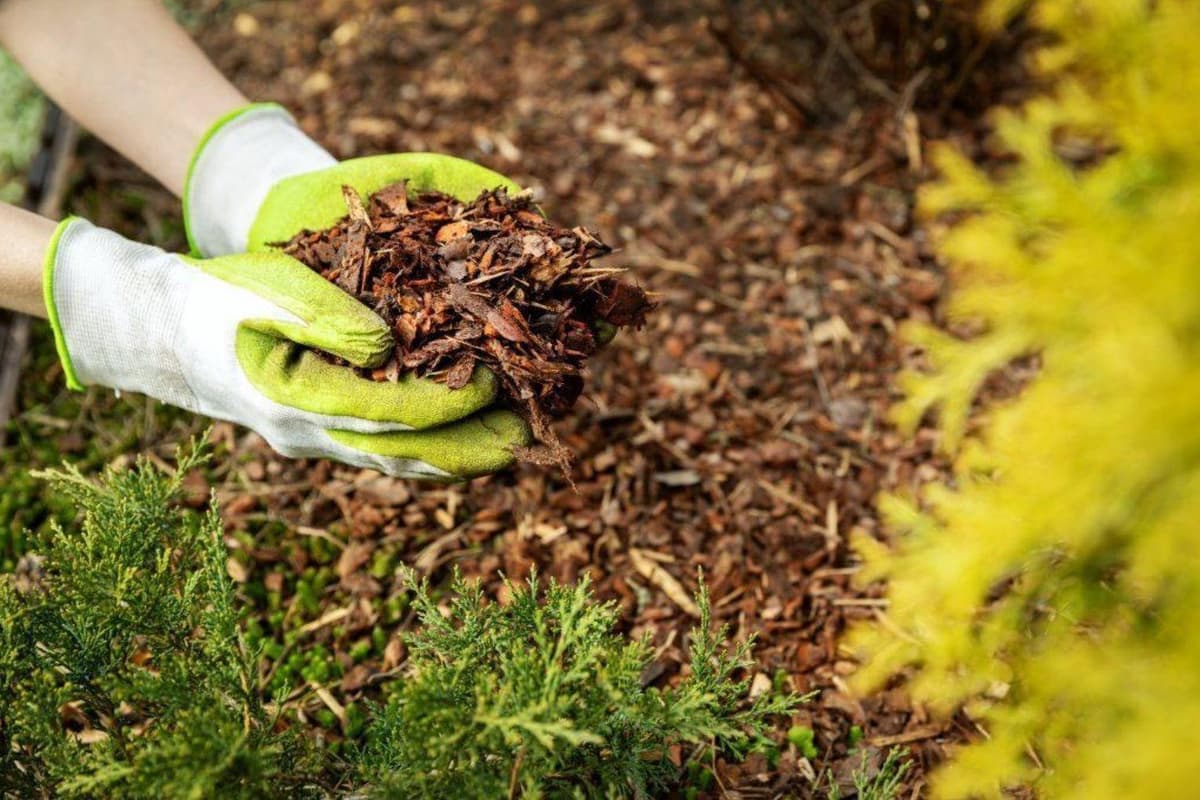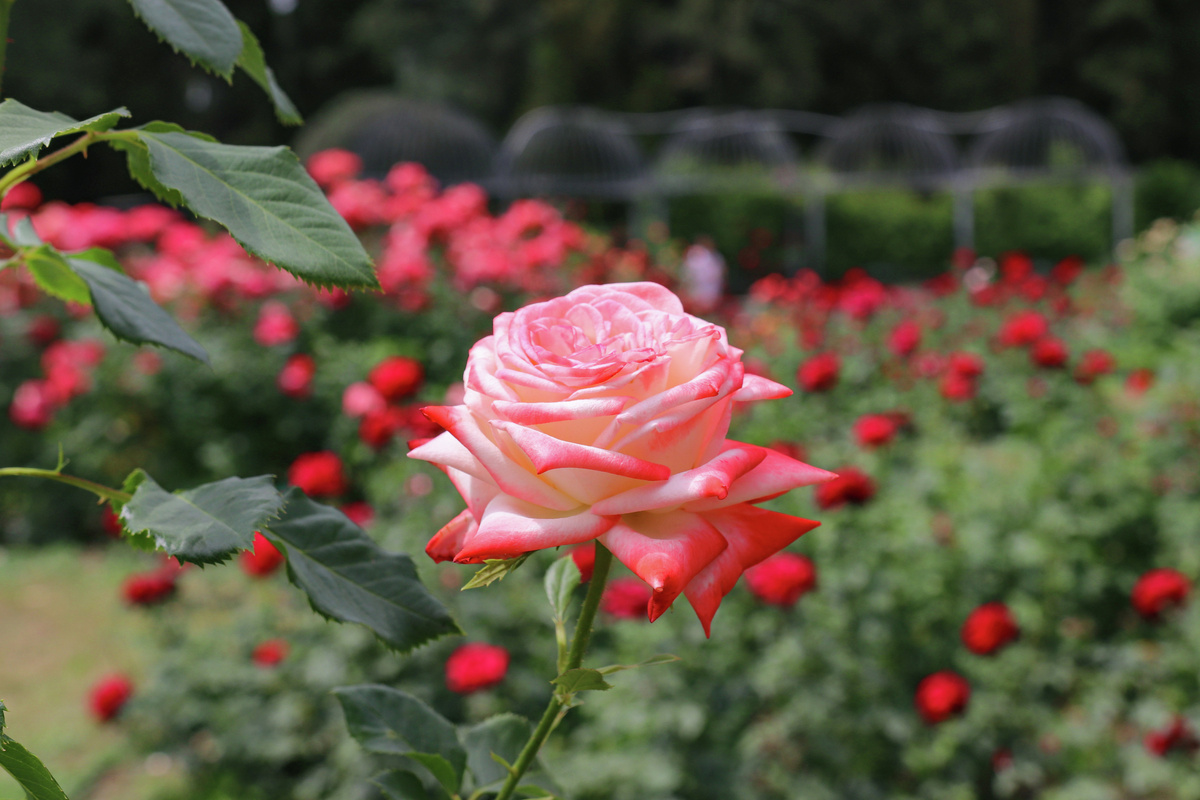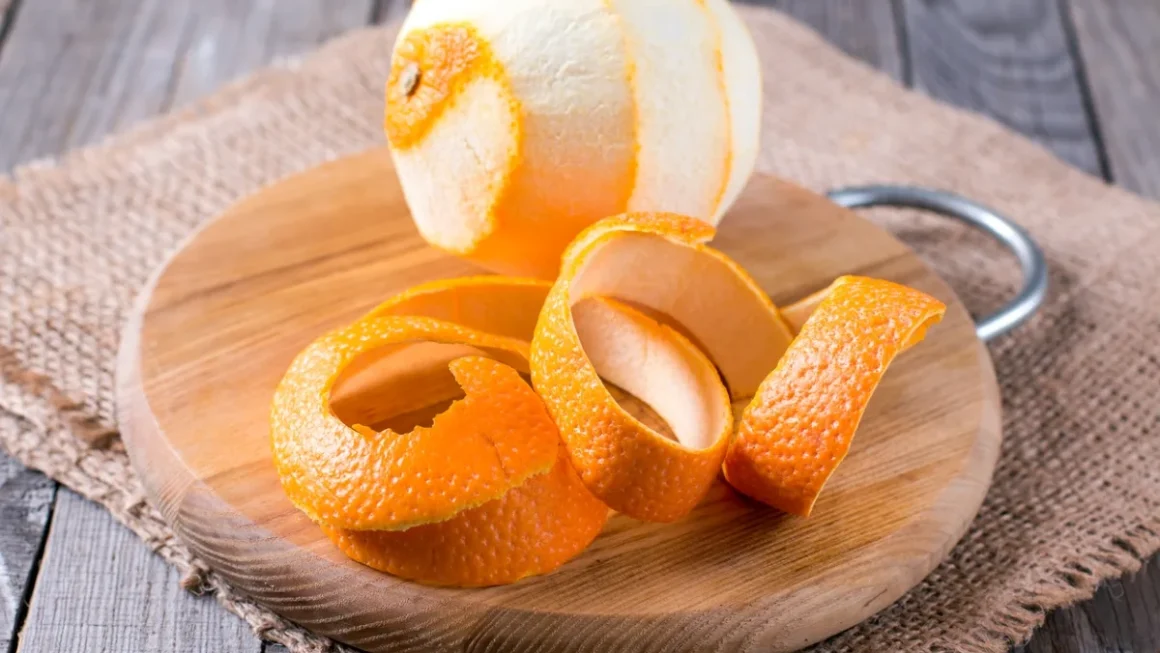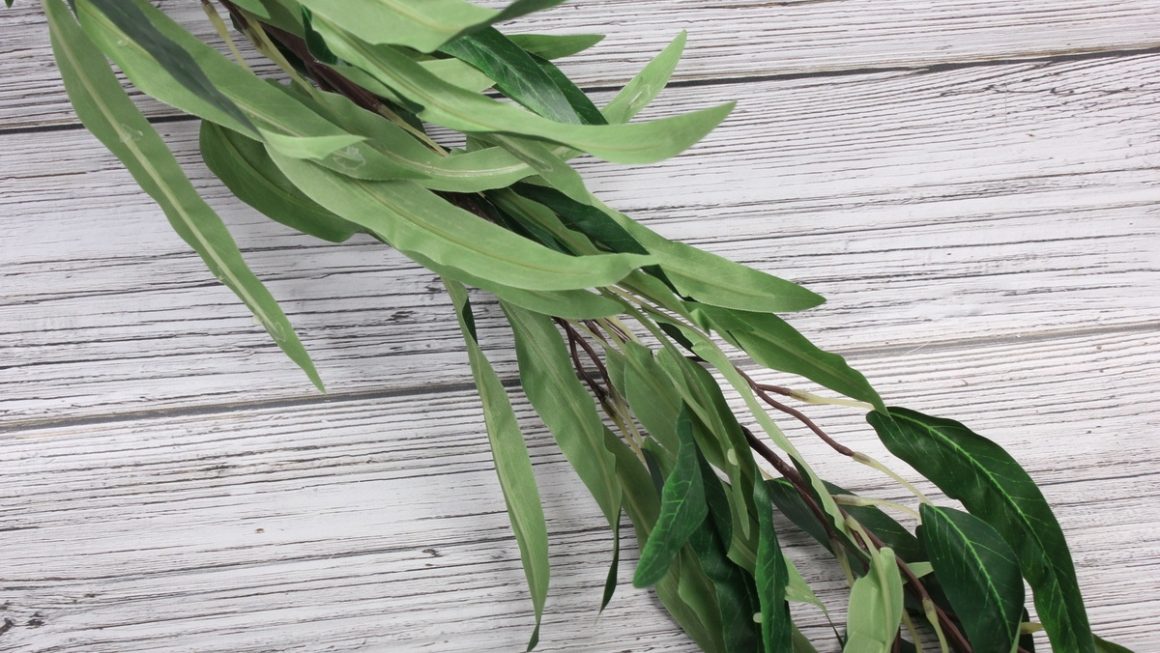Improve your roses with this method. Discover our tips for abundant blooms and healthy soil while saving water.
Gardening is undergoing a profound transformation. More and more gardeners, whether novice or experienced, are looking for environmentally friendly ways to grow their plants. This quest for sustainability responds to two concerns: limiting the use of chemicals and adapting gardens to climate challenges, such as summer droughts and unpredictable winters. At the heart of this approach is the rose bush, an iconic but often demanding plant. Maintaining its vigour and abundant flowering without resorting to an arsenal of fertilisers and treatments can seem complex.
However, a simple solution can be found in our kitchens. A technique combining ecological common sense and agronomic efficiency is gaining popularity: enriching mulch with banana skins. This article explores, in a practical way, how this domestic “upcycling” tip can transform the health of your rose bushes. You will discover why mulching is essential, what role this organic input plays, and how to integrate it step by step into your gardening routine.
Understanding the benefits of mulching
Mulching is a fundamental technique for any gardener concerned about the health of their soil and plants. It involves covering the soil at the base of plants with a layer of material, usually organic. For rose bushes, this practice offers multiple and immediate benefits.
First, mulch acts as a water regulator. It limits water evaporation from the soil, which reduces the frequency of watering, a valuable saving during periods of drought. It also provides effective thermoregulation, protecting the roots from temperature shocks, whether from winter frost or summer heat. By blocking light, mulching also prevents unwanted weeds from germinating, thus reducing competition for water and nutrients.
Finally, as they slowly decompose, organic materials such as shredded dead leaves, wood chips or well-matured compost nourish the soil. They turn into humus, improving the structure of the soil and promoting active microbial life, which is essential for the health of rose bushes.
The role of banana skins in soil health
Adding banana skins to mulch is not just a trivial gesture. It is a targeted contribution that complements the action of the mulch. Banana skins are known for their high potassium content, an essential nutrient that plays a direct role in flowering, stem strength and the plant’s overall resistance to stress. They also contain magnesium and various trace elements that contribute to the proper metabolic functioning of the rose bush.
As they decompose, banana skins release these nutrients gradually, providing gentle and continuous fertilisation. They also provide an easily assimilable source of carbon for soil microorganisms. This stimulation of biological activity makes the soil more alive and fertile.
The expected effects on rose bushes are visible. Gardeners who adopt this practice observe denser, greener foliage, sturdier stems and an increase in the number of flower buds in spring. Plants become more resilient overall, better able to cope with climatic hazards.

Practical tips for incorporating banana skins
This technique is simple to apply but requires a few precautions to ensure its effectiveness and avoid any inconvenience. Timing is important. Autumn is the ideal season, as the soil is still warm and the rose bushes are beginning to build up their reserves for winter. The end of winter or the very beginning of spring are also good times to boost the biological activity of the soil before the sap rises.
Preparing the skins is a key step. To limit pesticide residues, choose organically grown bananas. Wash and dry them, then cut them into small pieces of 3 to 5 centimetres. This fragmentation accelerates their decomposition and avoids attracting pests. Avoid placing whole skins on the soil, as they may ferment and give off unpleasant odours.
Use them in moderation: 2 to 3 skins per bed is sufficient. Spread the pieces around the base of the rose bushes, taking care not to place them in direct contact with the collar (the base of the trunk) to prevent rot. Then cover them with a layer of traditional plant mulch (leaves, straw, wood chips) 5 to 8 centimetres thick. If the soil is dry, a light watering will help start the decomposition process. Check every three to four weeks to make sure the mulch is still in place and not suffocating the plant.
Adopting this method is part of a more conscious approach to gardening. You are making use of household waste, reducing your dependence on synthetic fertilisers and sustainably improving the biodiversity of your soil. This simple tip will not only transform the vigour of your rose bushes, but also your relationship with gardening, making every action a positive one for the environment.




